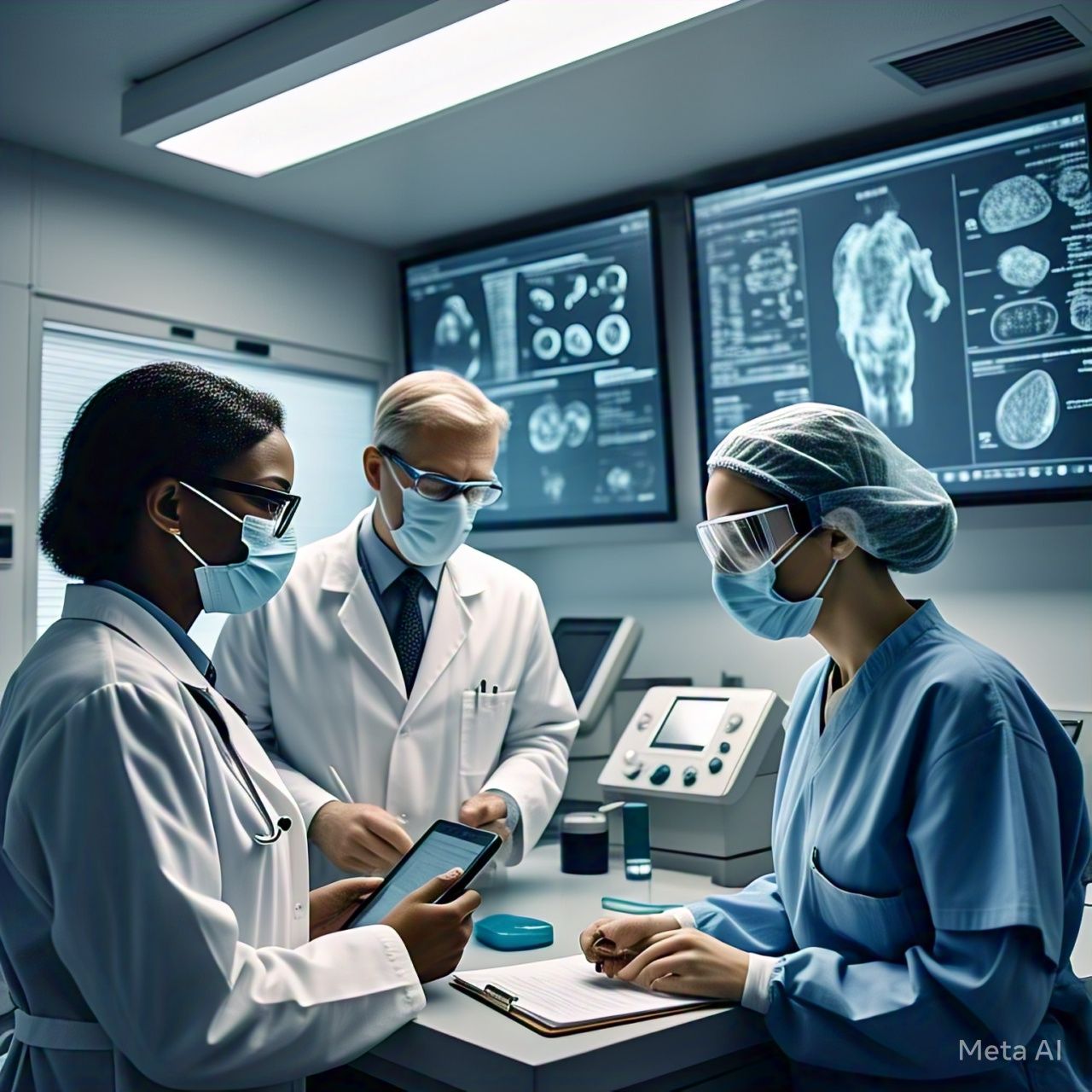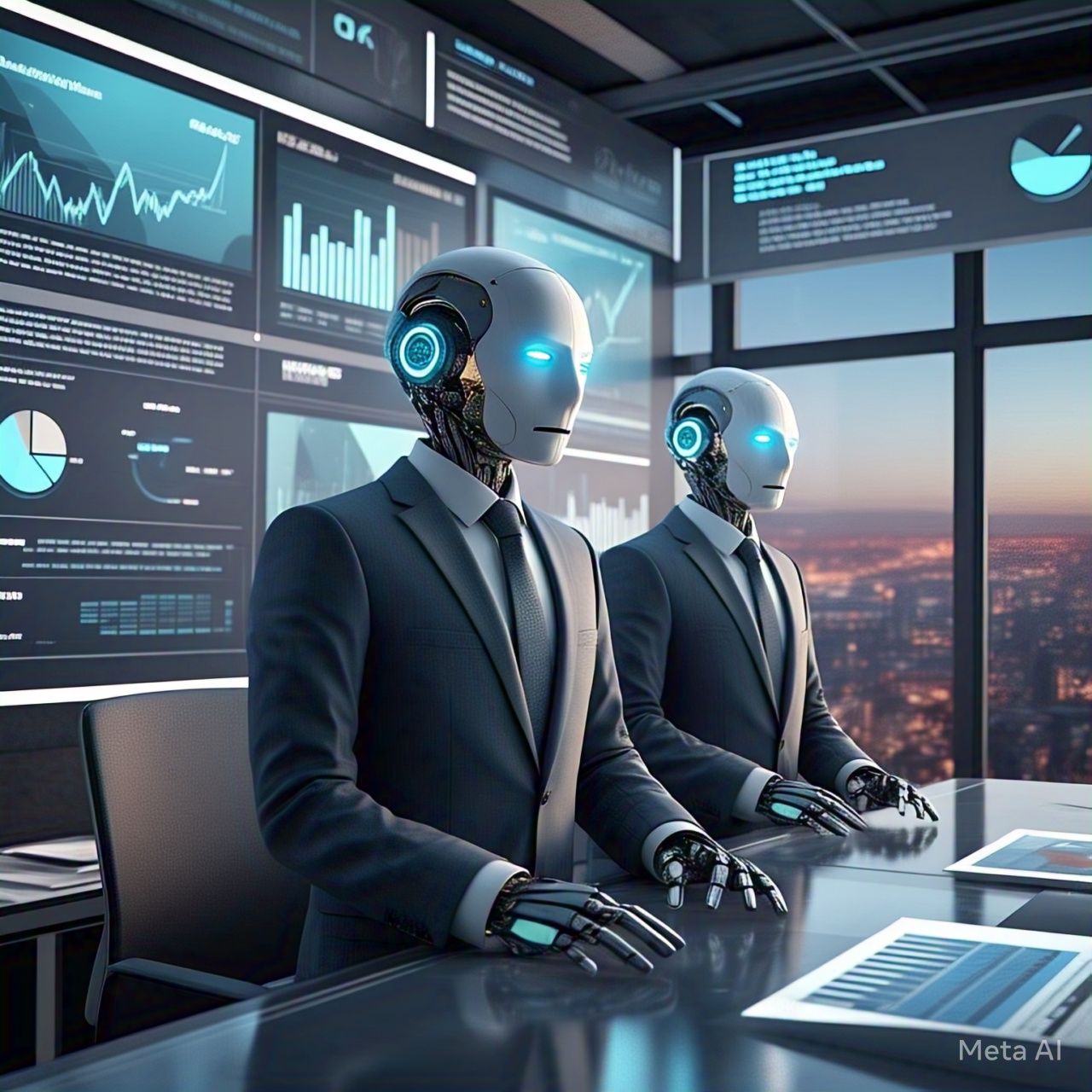Table of Contents
- Introduction
- Understanding AI in Medical Diagnostics
- How Machine Learning Works in Disease Detection
- Types of Diseases AI Can Detect Early
- Benefits of AI in Early Disease Detection
- Challenges and Limitations
- The Role of AI in Personalized Medicine
- AI-Powered Diagnostic Tools and Technologies
- Future of AI in Healthcare Diagnostics
- Conclusion
- FAQs
- References
Introduction
Artificial Intelligence (AI) is revolutionizing the medical field, particularly in diagnostics. By utilizing machine learning (ML) algorithms, AI can analyze vast amounts of medical data, identify patterns, and detect diseases at an early stage. Early detection is crucial in treating conditions like cancer, cardiovascular diseases, and neurological disorders, significantly improving patient outcomes.
This article explores how AI is transforming diagnostics, the benefits of machine learning in disease detection, current challenges, and the future of AI in healthcare.
Understanding AI in Medical Diagnostics
AI in medical diagnostics refers to the application of machine learning, deep learning, and natural language processing (NLP) in identifying diseases. By analyzing imaging scans, medical records, and genetic data, AI algorithms assist doctors in making more accurate and timely diagnoses.
Key Technologies in AI Diagnostics
| Technology | Function |
|---|---|
| Machine Learning (ML) | Identifies patterns in medical data for early disease detection. |
| Deep Learning (DL) | Analyzes medical images and scans for abnormalities. |
| Natural Language Processing (NLP) | Extracts and interprets patient data from medical records. |
| Computer Vision | Detects irregularities in X-rays, MRIs, and CT scans. |
| Predictive Analytics | Assesses risk factors and predicts potential diseases. |
How Machine Learning Works in Disease Detection
1. Data Collection and Processing
AI models require large datasets, including medical records, imaging scans, and genetic information. Data is cleaned, processed, and structured for analysis.
2. Training AI Models
ML algorithms learn from historical medical data by recognizing patterns that indicate disease presence. Supervised learning uses labeled data (e.g., cancerous vs. non-cancerous cells) to train models.
3. Image Recognition and Analysis
Deep learning models analyze medical images like X-rays, MRIs, and CT scans to detect abnormalities that may not be visible to the human eye.
4. Pattern Recognition and Prediction
AI identifies early indicators of diseases such as tumors, abnormal blood counts, or genetic mutations, helping doctors make more informed diagnoses.
Types of Diseases AI Can Detect Early
AI has revolutionized early disease detection in various medical fields:
| Disease | How AI Detects It |
| Cancer | Detects tumors, analyzes biopsies, and classifies cancerous cells. |
| Cardiovascular Diseases | Identifies heart irregularities from ECGs and detects risk factors. |
| Diabetes | Predicts risk levels using glucose levels and lifestyle factors. |
| Alzheimer’s Disease | Identifies early-stage cognitive decline through brain imaging. |
| Eye Diseases | Detects diabetic retinopathy and glaucoma using AI-assisted scans. |
Potential Benefits of AI in Medical Diagnostics
- Early Disease Detection – AI can detect diseases before symptoms appear, leading to timely intervention.
- Higher Accuracy – AI minimizes human error, ensuring precise and consistent diagnoses.
- Faster Diagnosis – AI-powered tools can analyze large datasets quickly, reducing waiting times for results.
- Personalized Treatment Plans – AI provides personalized treatment options based on genetic and medical history.
- Improved Healthcare Access – AI can assist in remote areas with limited access to healthcare professionals.
- Cost Reduction – Automating diagnostics reduces medical costs by minimizing unnecessary tests and hospital visits.
Challenges and Limitations of AI in Healthcare Diagnostics
- Data Privacy and Security – Handling sensitive patient data requires strict regulations to protect privacy and prevent misuse.
- Algorithm Bias – AI models can be biased if trained on unbalanced or incomplete datasets.
- Lack of Standardization – Different AI systems use varying datasets and algorithms, making standardization challenging.
- Regulatory Hurdles – Slow adoption due to concerns about liability and ethical implications.
- Human Trust and Acceptance – Many healthcare professionals remain skeptical of AI’s accuracy and reliability.
The Role of AI in Personalized Treatment
AI enables precision medicine, tailoring treatments based on individual patient data, including:
- Genetic Analysis: Identifies genetic predispositions to diseases.
- Customized Drug Recommendations: AI helps develop personalized medication plans for maximum effectiveness.
- Remote Monitoring: Tracks real-time health metrics, reducing hospital visits.
- Wearable AI Devices: Smartwatches and health trackers provide early alerts for conditions like heart disease or diabetes.
Potential Ethical and Legal Concerns
- Data Privacy – AI systems rely on sensitive medical data, raising concerns about security breaches.
- Bias in AI Models – AI predictions can be biased based on the dataset used for training.
- Doctor-Patient Relationship – AI should enhance, not replace, human decision-making.
- Cost and Accessibility – Advanced AI diagnostics may not be affordable or accessible in all regions.
- Regulatory Hurdles – Stricter regulations are needed to ensure AI safety and reliability in medical use.
Potential of AI in the Future of Healthcare Diagnostics
The future of AI in diagnostics looks promising with advancements in technology and improved data collection methods. Future possibilities include:
- AI-Driven Pathology – Real-time detection of cancerous cells using AI-powered pathology tools.
- Wearable Health Tech – Smartwatches and biosensors for continuous health monitoring.
- Telemedicine & AI Diagnosis – Remote consultations with AI-assisted diagnostics to bridge healthcare gaps.
- Automated Drug Discovery – AI can accelerate the development of new treatments by analyzing massive datasets.
- Integration with Robotics – AI-powered robots can assist in surgeries and patient monitoring.
Conclusion
AI in medical diagnostics is revolutionizing early disease detection, enabling faster, more accurate diagnoses. From analyzing medical images to predicting health risks, AI is proving to be a game-changer in healthcare. However, challenges related to data security, biases, and ethical concerns must be addressed to ensure its responsible use. As AI technology advances, its role in healthcare diagnostics will only expand, making early detection more efficient and improving patient outcomes worldwide.
FAQs
1. Can AI replace doctors in diagnostics?
No, AI is designed to assist doctors, not replace them. It enhances accuracy and speed but still requires human supervision for final decisions.
2. Is AI-based diagnosis accurate?
Yes, AI has shown high accuracy, especially in imaging diagnostics, but it should be used alongside human expertise.
3. What are the risks of AI in healthcare?
Potential risks include data privacy concerns, algorithm bias, and errors due to incomplete or biased training data.
4. Can AI predict diseases before symptoms appear?
Yes, AI can analyze medical history and genetic data to predict the risk of diseases before symptoms appear.
5. What is the future of AI in medical diagnostics?
The future of AI in diagnostics includes more personalized medicine, early disease prediction, and increased use of AI in robotic surgeries and remote monitoring.




